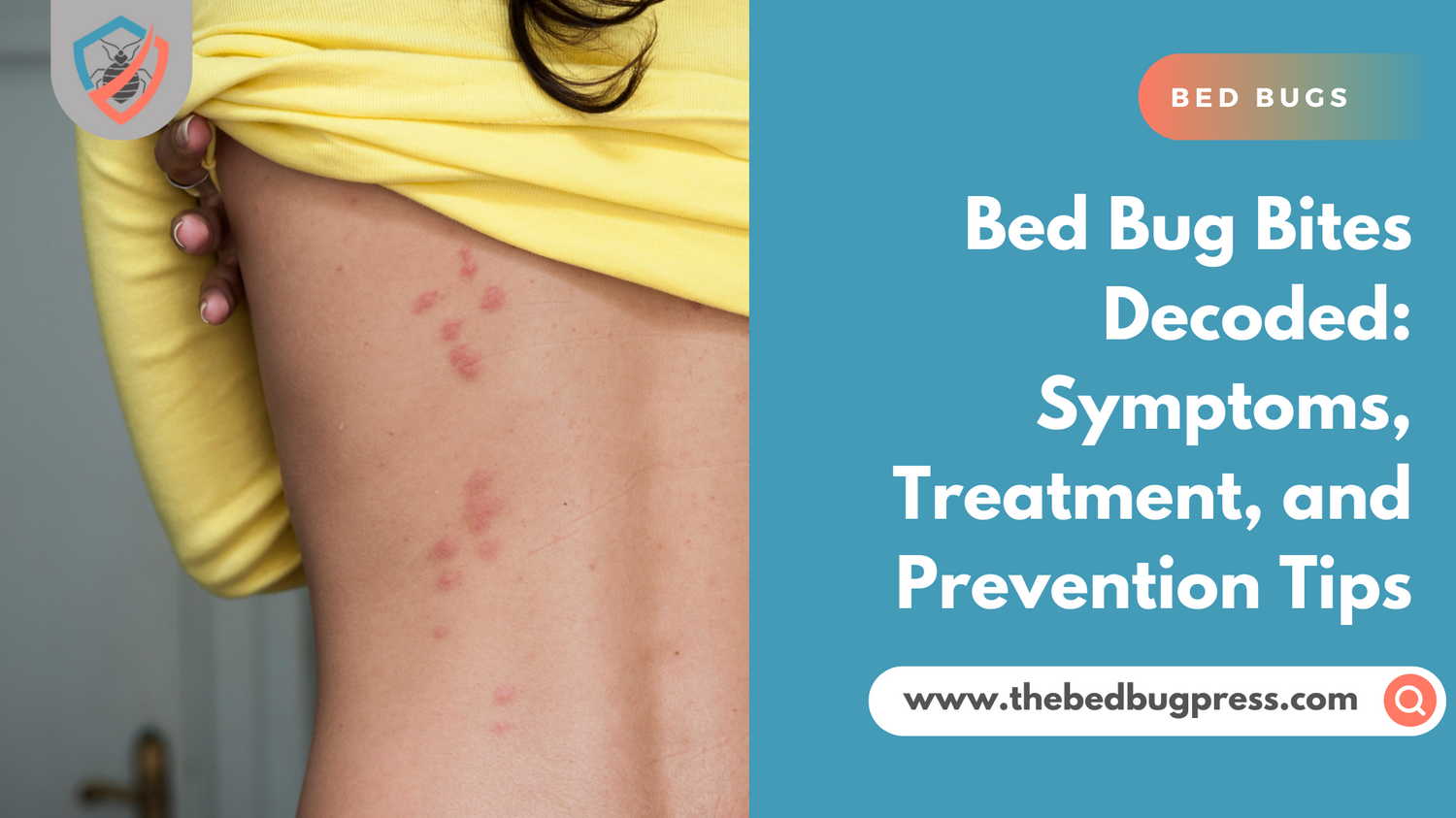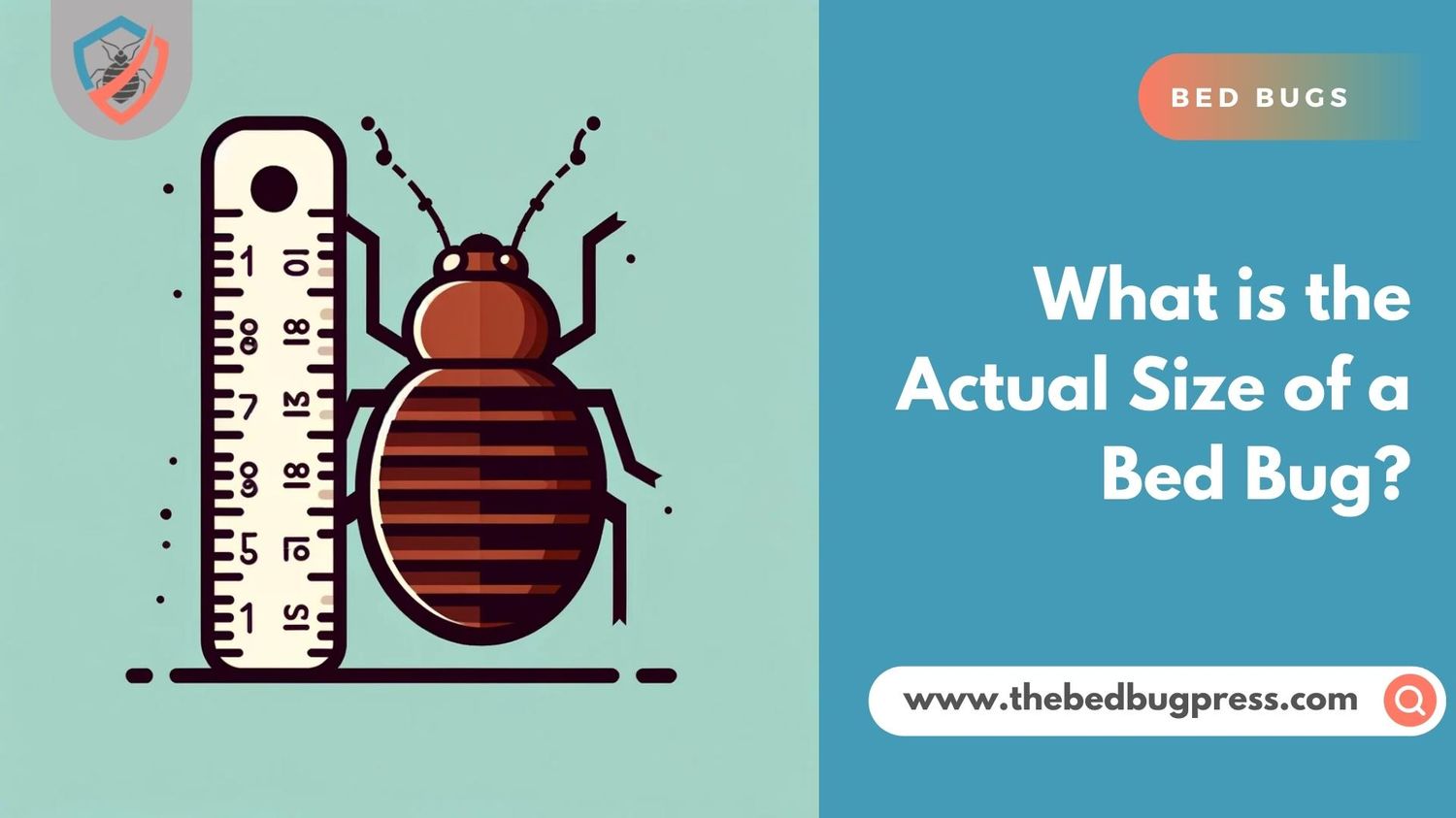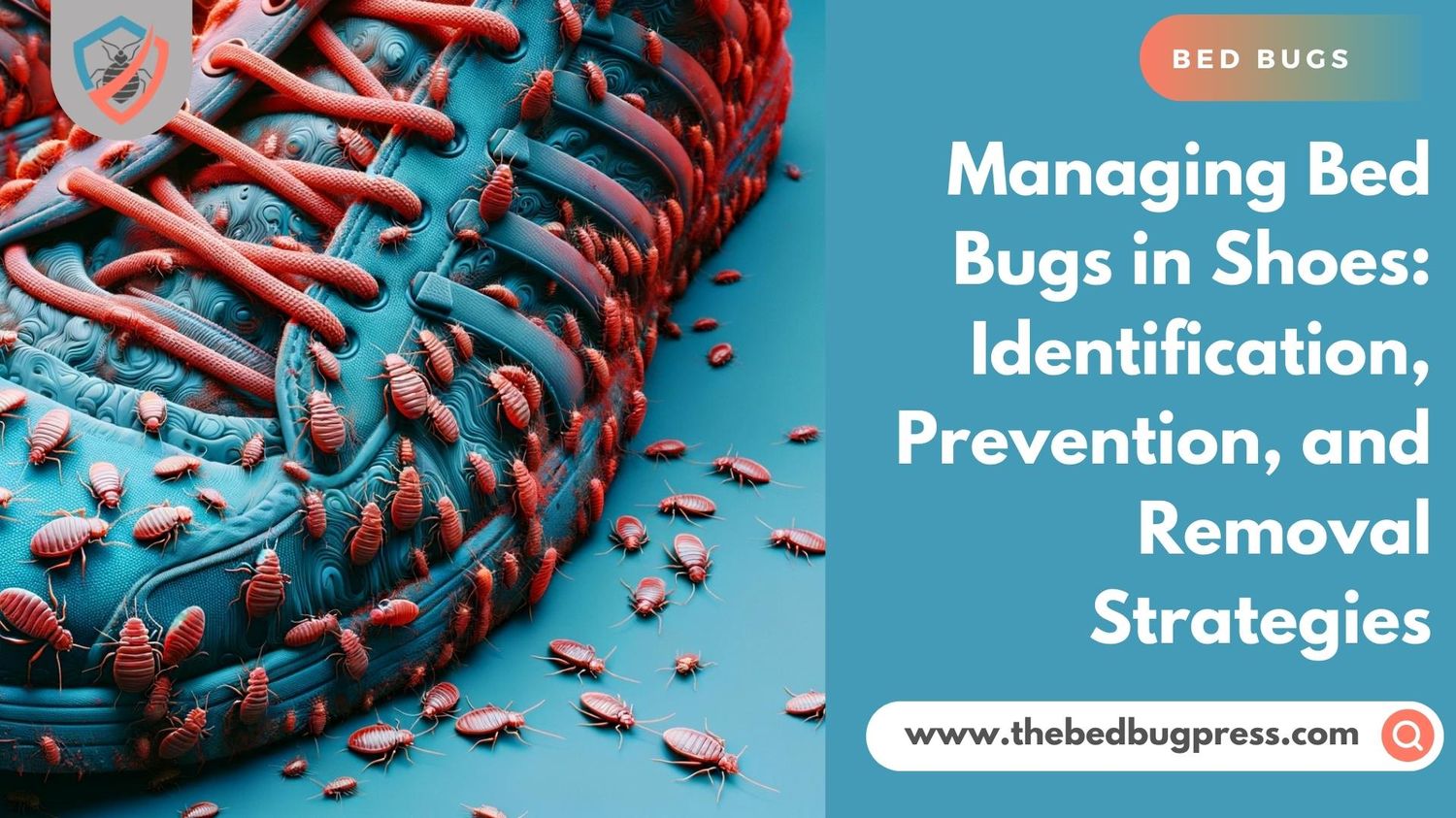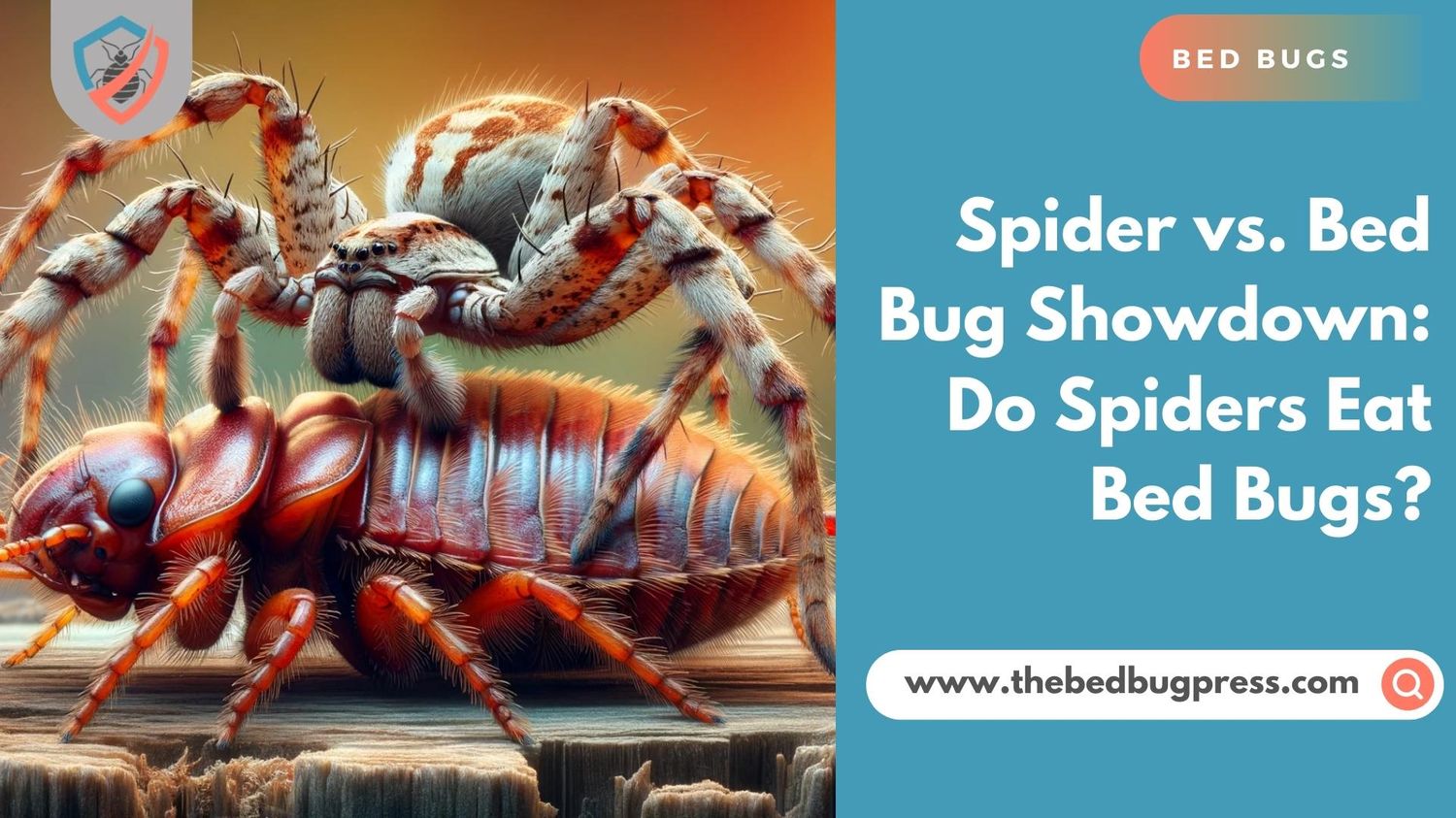Bed bugs are pests that feed on human blood and can be a real nuisance in your home. They are attracted to humans due to the carbon dioxide we produce, our body heat, and even the smell of sweat or other scents on our skin.
Bed bugs also like clutter, which gives them lots of places to hide and breed which could lead to a full-blown bed bug infestation. In addition, they may be attracted by dirty laundry left lying around or even pet beds. Knowing what attracts bed bugs is key to preventing an infestation in your home so you can sleep peacefully at night!/

Why Are Bed Bugs Attracted to Humans
Bed bugs tend to be attracted to humans due to the presence of carbon dioxide, body heat, and body odor. They are often found in areas where people sleep or sit for long periods and can enter the home through cracks or crevices in walls, floors, on clothing or luggage, and even can hitch a ride from people or animals who enter the home. Additionally, bed bugs may also be attracted to items such as wood furniture and mattresses which provide them with ideal living environments.
What Attracts Bed Bugs to Your Home
Bed bugs typically enter a home in search of food and are attracted to warm, dark areas where they can easily hide. They can enter the home through cracks or crevices in walls or floors, on clothing or luggage, or even through ventilation ducts. Additionally, they can hitch a ride on people or animals who enter the house. They may also be attracted to items like wood furniture and mattresses, which provide ideal living environments for them.

Myths And Realities About What Draws in Bed Bugs
Below are some myths that people believe about bed bugs and the realities about things that attract bed bugs and dealing with bed bug infestations:
Myth:
Bed bugs are only found in dirty, unsanitary environments.
Reality:
Bed bugs can be found in any environment, clean or dirty. They are attracted to human blood, not dirt or filth.
Myth:
Bed bugs only live in beds.
Reality:
Bed bugs can be found in many different areas, including furniture, cracks in walls, baseboards, electrical outlets, and even inside electronics.
Myth:
Bed bugs are too small to be seen by the naked eye.
Reality:
Adult bed bugs are about the size and shape of an apple seed and can be seen with the naked eye. They are reddish-brown in color.
Myth:
Bed bugs only bite at night.
Reality:
While bed bugs are primarily active at night, they can also feed during the day if they are hungry, and a host is available.
Myth:
Bed bugs only bite humans.
Reality:
Bed bugs will feed on any warm-blooded animal, including pets.
Myth:
Bed bugs transmit diseases.
Reality:
There is no evidence that bed bugs transmit diseases to humans.
Myth:
You can get rid of bed bugs by throwing away infested furniture.
Reality:
While discarding heavily infested items can help reduce the bed bug population, it is not a guaranteed solution. Bed bugs can easily spread to other areas of your home.
Myth:
Bed bugs can be controlled with DIY treatments.
Reality:
DIY treatments are often ineffective and can even make the problem worse by causing bed bugs to spread to other areas. Professional extermination is usually necessary to eliminate a bed bug infestation.
Are Bed Bugs Attracted to Urine
There is no clinical evidence to support the claim that bed bugs are attracted by urine. There are, however, reasons they might be.
First, bed bugs don’t like things that are dirty or messy. For example, bed bugs don’t like dirty dishes, but they do love dirty laundry.
It doesn’t matter if a mattress is stained in the traditional sense. This does not mean that bed bugs will be drawn to it. It’s impossible to say definitively whether this is true or false. There may be additional evidence to support this assertion.
A mattress can’t be accessed if urine seeps in. Mattress protectors are necessary for incontinence sufferers. After the urine evaporates/dries out, some chemicals are left behind. This is why your mattress becomes soiled and does not smell as good.
One hundred years ago, a study looked at the carbon dioxide content in urine. The pH of the urine was a key factor in determining the amount of carbon dioxide found in urine. The less carbon dioxide in urine that is more acidic, the lower its pH.
The higher the pH of the urine, either neutral or base, the more carbon dioxide it contains. A pH of 7.0 meant that one subject’s urine contained 1/3 of the carbon dioxide. The pH of the urine was almost entirely controlled by diet. A vegetarian diet produced the basest urine while a high-protein diet rich in eggs, meat, and cheese produced the most acidic urine.
This is not definitive proof that urine attracts bed bugs. But, they could be attracted to the mattress by both the immediate evaporation and the long-term presence of carbon dioxide.

Are Bed Bugs Attracted to Period Blood
Though it may be uncomfortable to think about, bed bugs feed off blood and are especially attracted to women during their periods. Although this might seem obvious to us, bedbugs don’t understand why. Here’s why.
Bed bugs don’t have the same mouths as humans, and instead, utilize a long tube for puncturing the skin. Without another way of eating, bed bugs must use this hole to draw blood from their victim.
Drinking with your straw is like trying to drink with a straw. You have the freedom to sip as much or as little water as you desire, provided there’s a glass nearby where you can put the straw. But it may not be your instinct to search for water in shallow pools or dried-up lakes and then attempt to consume it.
Scientists who researched bed bugs used large tubs that were attacked by live animals to keep them. Through experimentation, scientists discovered a way of feeding insects without harming actual animals or humans. Today, several innovative methods continue to be utilized by researchers.
We referred to the University of Sheffield team who taped three CDs together and filled them with blood. Some others use thin, permeable films like saran wrap on top of pools of blood for protection; these individuals won’t drink from the puddles nearby.
Although no scientific studies have been done to investigate if blood smell attracts them, it seems unlikely. They would need an extended host to do so and would likely turn away other humans if they felt threatened.
Does Food Attracts Bed Bugs?
Bed bugs are not attracted to food like some other insects. Instead, they are attracted to their host’s body heat, carbon dioxide, and body odor which is why they can usually be found close to where their host is sleeping or sitting. They tend to congregate in small places such as apartments and stairwells, allowing them to spread quickly. Bed bugs will also feed exclusively on their host regardless of the presence of any food source and will never lay eggs on food. Their preferred nesting sites are dark cracks and crevices near where their host lives.

Does Dirty Laundry Attract Bugs
Can dirty clothes cause bed bugs? Absolutely! It turns out that dirty laundry can be a suitable place for bugs to hide, especially if it’s been left in the same pile for some time. Not only can bugs live inside of clothing, but they can also lay eggs and make their homes in the dirt and grime that collects on our clothes. So when we’re dealing with a bug infestation, looking into our dirty laundry is an important first step!
Are Bed Bugs Attracted to Heat
The warm environment may also attract bedbugs to you. The body temperature of a sleeping person is a good indicator because, throughout the many tens of thousands of years that bed bugs and other parasites have coexisted with humans, the only sources of heat at night have been ourselves and, more recently, fire and central heating. Because of this, a bed bug has always known that warmth equals a host.
Your body temperature may identify you even today when our homes are maintained comfortably warm in both the summer and the winter. Whether you wear pajamas to bed or not, you are much warmer than your surroundings. Before you go to bed, your body temperature progressively drops. However, it gets worse as the night goes on and you warm up, particularly if you have a heavy comforter. Even the bed bugs from next door may be drawn to this.
Did you also know that bed bugs can be carried on public transportation? It is real. According to press sources, the recent heatwave proved beneficial to bed bugs as well as businesses. They lived off of public transit, hiding in upholstered seats to either eat or locate a companion to help them go home. Your body’s warmth tempts them to emerge from hiding. How can you avoid them? Never sit down or place your purse on a chair.
To get into neighboring flats, bed bugs will scurry through walls and across hallways. To find out how frequently bed bugs transfer between apartments, a group of scientists prepared a report for PLOS One. Unfortunately, what they discovered was not good.

They claimed that a) bed bugs often move between flats and b) if they are hungry, they would travel lengths of at least 50 feet to locate a new host. In a severe infestation, they predicted that 5% would “change house” over the course of 15 days. They attribute this to both CO2 and body heat.
What can you do to reduce your body’s heat then? Not a lot. You are holding a two-edged sword. The number of bites won’t be lessened by choosing not to wear pajamas to bed so that you are a little cooler; if anything, it will make it simpler for bed bugs to feed. Alternatively, you could put on even thicker pajamas, which would make it harder for them to eat while raising your body’s warmth.
A heat trap can also be used as an alternative to confuse at least some of the bed bugs in the infestation. These traps emit heat at the same temperature as you do, but the bait catches or kills the animals instead of giving them a chance to eat.
What Colors Are Bed Bugs Attracted To
Though it may seem strange, bed bugs have a favorite color. According to the Journal of Medical Entomology, bed bugs prefer red and black; however, they avoid bright yellow, green, and white. A study conducted at the University of Florida revealed this information when researchers observed bed bugs in a laboratory setting.
Scientists tested bed bug groups in Petri dishes along with colored cards. It was interesting to observe that bed bugs preferred being around black and red cards over other options, likely because these pests have reddish-black colors which tend to congregate together.
- Bed bugs tend to favor assorted colors as they mature.
- Bed bugs tend to select different colors when in groups as opposed to when they are alone.
- Bed bugs will select different colors based on whether or not they are hungry.
Bed bugs will likely stay away from your home if you take steps to discourage them from feeding. Brighter-colored bed sheets may be preferable to dark bed sheets, as not only will this deter them from eating but also make them easier to spot; this makes identifying any waste they leave behind such as shells or fragments much simpler.
Are Bed Bugs Attracted to Water
When it comes to bed bugs, water is an attractive commodity. Bed bugs are notorious for seeking out moisture, so if you have areas of your home that are moist or humid, it might be more likely for them to set up shop. Furthermore, if you’re dealing with a bed bug infestation in the bedroom, any standing water near the mattress can provide a haven for these pests. That’s why it’s important to keep your sleeping area dry and tidy when trying to prevent or address an infestation.
Are Bed Bugs Attracted to Carbon Dioxide (CO2)
Yes, bed bugs are attracted to carbon dioxide (CO2), which is a naturally occurring gas that we exhale when we breathe. Bed bugs have sensory organs in the form of tiny hairs all over their bodies that detect air currents, so they can pick up on the CO2 that’s coming from our bodies. This is why you’ll often find them crawling around your bed at night as you sleep – they’re drawn to both the warmth and the CO2 that your body emits.

Are Bed Bugs Attracted to Dark Colors
While bed bugs don’t specifically seek out dark colors, they do prefer to hide in dark, tight spaces. Since darker colors tend to blend in more easily and make it easier for bed bugs to stay hidden, there is a chance that they may be drawn to them. Additionally, if you have any pieces of furniture or other dark items that can provide a hiding place for the pests, they will likely take advantage of them.
Are Bed Bugs Attracted to Sweat
While bed bugs are attracted to carbon dioxide, which we exhale when we breathe, they are not necessarily attracted to sweat. Sweat emits its own scent, and while it may be pungent and unpleasant to humans, it is largely undetectable by bed bugs. Bed bugs may react more favorably to the warmth of our bodies, so if you have recently been sweating in an area that has a large number of bed bugs, you may be more likely to attract them.
Are Bed Bugs Attracted to Cigarette Smoke
Bed bugs are not usually attracted to cigarette smoke, as they do not rely on smell or taste to locate food sources. However, secondhand smoke can affect their habitat by making it difficult for them to breathe and survive. Additionally, if someone is smoking in an area where there are bed bugs, the heat and ash residue from the smoke can potentially provide a hospitable environment for them.
Are Bed Bugs Attracted to Sperm
The exact origins of the myth that bed bugs are attracted to sperm remain uncertain. To date, there has been no scientific research conducted on this topic. It could be a mere rumor, or it could be related to the common belief that bed bugs are attracted to dirty clothes and bedding, however, this cannot be confirmed. Bed bugs feed exclusively on blood and so the idea that sperm contains nutrients or proteins is false. Additionally, since carbon dioxide is absent from sperm, this too cannot attract bed bugs. Furthermore, recent studies have indicated that bed bugs may be able to sense body heat emitted by couples engaging in sexual activity and may use this as a way to locate their host.
In conclusion, what attracts bed bugs to you and their homes are due to our body temperature, carbon dioxide, and warmth.
To help with bed bug prevention, you can use the following bed bug products.
Insecticides – These come in spray, fogger, dust, or powder form and can be used to treat the infected area. Be aware that the overuse of these products can lead to bed bugs developing resistance to those products
Vacuuming – Vacuuming will help remove bed bugs that are already present in your home and prevent a bed bug infestation from getting worse.
Steam cleaners – Steam cleaning can be used to treat mattresses and other fabrics affected by bed bugs.
Sealing off cracks and crevices – Seal off any cracks or crevices where bed bugs may be hiding.
Encasements – Using encasements for mattresses and box springs can help prevent bed bugs from infesting them.
Heat treatment – Heat treatment involves using high heat to kill bed bugs in an entire room or area of the house.
It is also important to take preventative measures such as constantly changing linens and vacuuming regularly to reduce the risk of an infestation and prevent getting bed bug bites. Implementing these measures can help ensure that your home is free from bed bugs.







